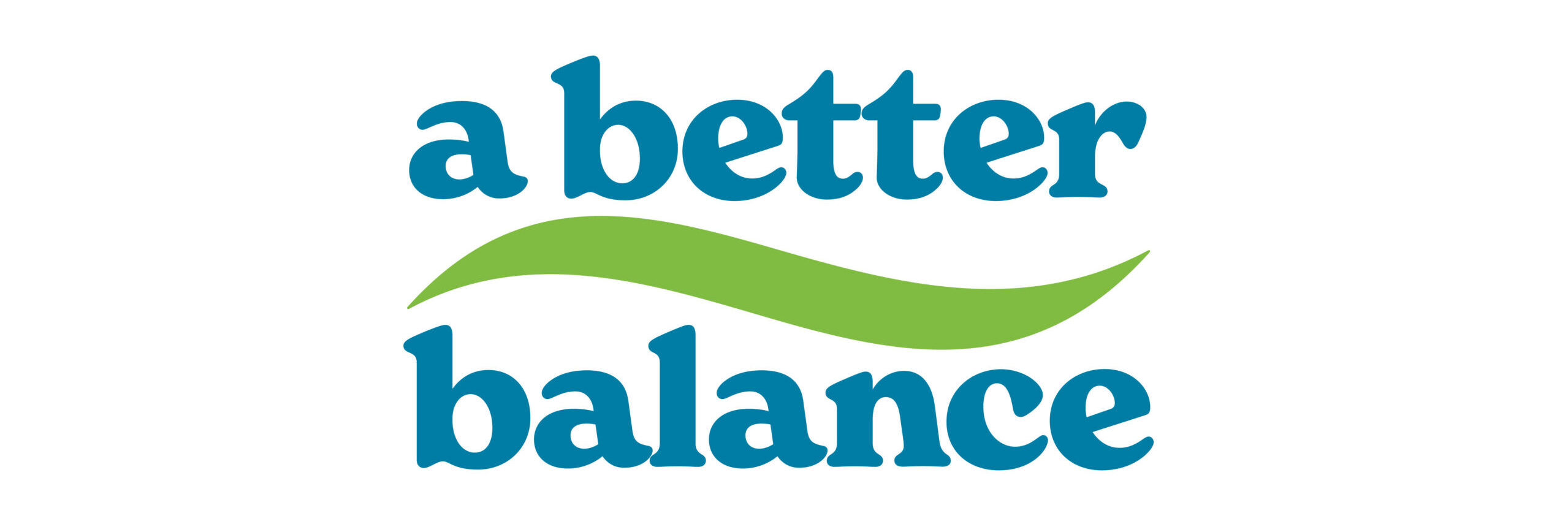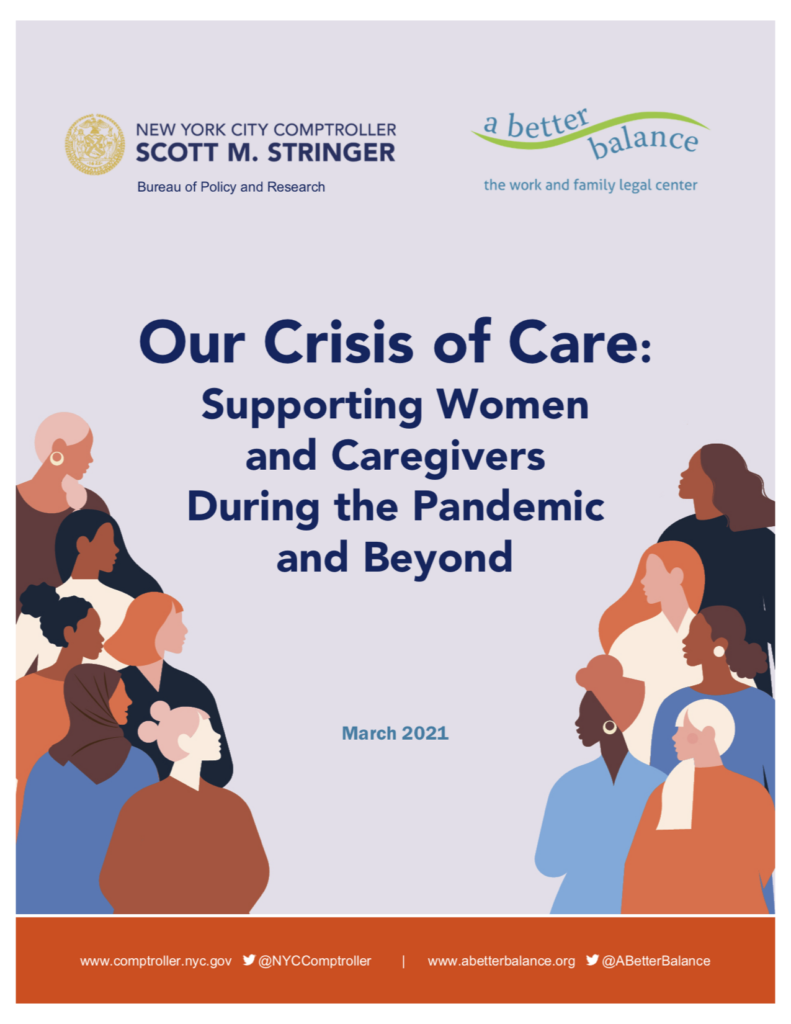Executive Summary
Nearly a full year since the arrival of the COVID-19 pandemic first shuttered businesses and schools across the city, much has been written about the economic fall-out caused by the pandemic, and the toll of accumulating caregiving responsibilities as family members battle the virus, child care programs close, and many children transition to remote learning. What has been largely missing from the conversation in New York City until now is real data – not just on the economic burdens, but on how the demands of our changing work and family lives have played out across lines of race, income, and gender.
It is against this backdrop that the Comptroller’s Office and A Better Balance jointly administered a survey to better understand how New Yorkers are navigating professional and personal responsibilities in COVID-19-era New York City. The findings are clear: New York City is facing an unprecedented crisis of care. The COVID-19 pandemic has exacerbated structural inequalities that force too many New Yorkers to choose between their jobs and their own health or the health of their loved ones. And it is low-income New Yorkers, New Yorkers of color, and women—overrepresented in frontline jobs, among part-time workers, and caregivers —who have disproportionately borne the brunt of this crisis.
While many employers in higher-income industries have adopted remote work or telework policies, essential workers—many in low-wage service jobs—have remained on the frontlines, putting their health and the wellbeing of their families at risk. Meanwhile, thousands of New Yorkers have lost their jobs and are seeking work. Still others, overwhelmingly women and disproportionately women of color, facing mounting care needs or having fallen ill themselves, have left the workforce altogether. These local trends are reflected nationally as well. In September 2020 alone, according to Bureau of Labor Statistics data, of the 1.1 million people that left the workforce, 865,000 were women; in December, women of color accounted for all of the jobs lost in the U.S.
Of course, not all of the workplace changes precipitated by the pandemic have been unwelcome. Responses to the survey—representing more than 1,200 New Yorkers reflective of the city’s broader demographics—make clear that New Yorkers of all backgrounds overwhelmingly want more workplace flexibility. The possibility of remote work has been a critical support for many workers who have had that option available to them and some employers have risen to the occasion.
Yet the survey also reveals that access to flexible work arrangements remains highly unequal, with low-income and part-time workers being far less likely to have access to and more likely to experience retaliation for requesting these benefits than higher-income or full-time workers. Paid time off from work has also been a crucial support for many during this time, but many workers remain unable to access paid leave—either because there is no leave available to them, or because they are not aware of or able to exercise their existing rights to paid leave. For many, the frustration with the last year’s upheavals now borders on despondence, as reflected in the many comments that survey respondents chose to leave behind.
Responses also reveal that while New York City and New York State have many critical laws in place to support working families, including paid sick time and paid family leave, the City, State, and federal governments need to do a better job educating workers and enforcing these laws so that all covered workers, especially the most vulnerable, can access them. At the same time, certain gaps in the law remain and further legislative action is required to fill them.
Topline findings from the survey revealed that:
1. Care needs put NYC women, in particular, into impossible positions, forcing them to cut back on their hours or leave the workplace altogether at much higher rates than men.
- Women are twice as likely as men to need to take time off from work due to child care responsibilities. 52% of women who cared for kids reduced their job hours during the pandemic.
- Women are more than four times as likely as men to experience retaliation related to their responsibilities as a caregiver, while individuals who live with someone with a disability were twice as likely as those who do not to have been retaliated against for this reason.
2. Fair and flexible work is crucial for New Yorkers struggling to balance the competing demands of work and care during the pandemic, but access to flexibility is inequitable.
- While 73% of respondents with income over $100,000 reported having access to a flexible schedule, only 41 percent with incomes below $50,000 did. Women of color had the among the least access to flexibility.
3. Many New Yorkers do not have access to sufficient paid leave to care for themselves or loved ones, despite strong laws.
- Despite NY’s paid sick time and groundbreaking family leave law, low-income and part-time workers still report a widespread of lack of access to the leave rights they are guaranteed by law. While 88% of workers making over $100,000 had access to paid time off to care for their own illness, only 33% of low-income workers reported the same, indicating that many low-income workers may not be receiving in practice the sick time they have the right to by law.
- While 76% of full-time workers had access to PTO to care or their own illness, only 24 percent of part-time workers reported being able to take time off for illness. Only 15% of independent contractors had access to paid sick leave.
READ THE FULL REPORT:





